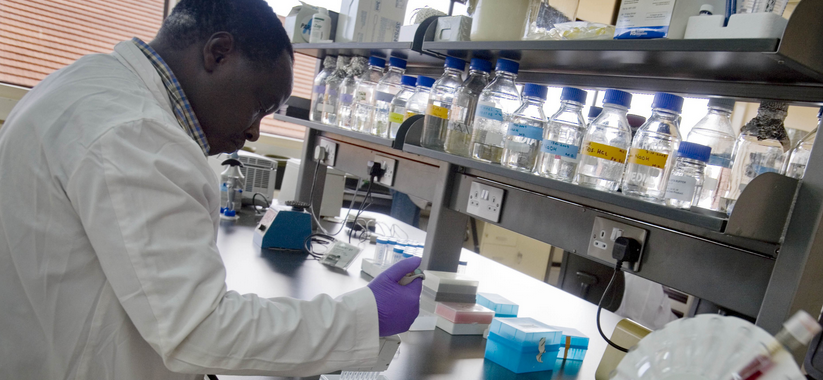Malaria falls under the category of a poverty-related and neglected diseases, a list which also includes a host of life threatening diseases such as HIV & AIDS, and tuberculosis. Children especially are more prone to these diseases and it is estimated that 1.5 billion children still die each year – deaths which could be easily prevented by a simple vaccine. Malaria itself has caused more than 600,000 deaths in 2012 – 90% of them in subSaharan Africa with threequarters of them children under five years.
As depressing as this is, there is good news. According a report published recently by the World Health Organisation and UNICEF, ‘Achieving the Malaria Millennium Development Goal Target’, the malaria MDG target has been declared “convincingly” met, with new malaria cases dropping by 37 per cent over the past 15 years. During this same period, an outstanding 13 countries have reported zero cases of malaria within their own borders and six countries reported fewer than 10 cases. What does this mean to people’s lives saved? These figures translate into 6.2 million lives saved over the last 15 years. This is a tremendous achievement – to put it into perspective, the population of Ireland is about 5 million.
However, despite these welcome advances, now is not the time to become complacent. In 2015 alone, there were an estimated 214 million new cases of malaria and about 3.2 billion people – almost half of the world’s population – are still at risk of malaria.
So far, breakthroughs in innovative technologies over the years such as insecticide-treated mosquito nets, rapid diagnostic tests, and Artemisinin-based combination therapies, have been successful in stalling this trend. But we need to increase investment and commitment to Global Health Research and Development to expand our arsenal of interventions to properly eliminate malaria once and for all. Although this is difficult, a number of diverse responses are emerging from a wide range of players, such as Product development partnerships (PDPs) which are offering new prospects for joint action. These are notforprofit organisations that leverage privatesector expertise and public and philanthropic resources where markets are not lucrative, and drive the development of products intended for low resource settings, so as to bring them onto the market at affordable prices.
As with all advances, we need effective leadership to ensure that these partnerships succeed in developing innovative solutions to this problem. Above all, we need to remain vigilant – the world is counting on it!

